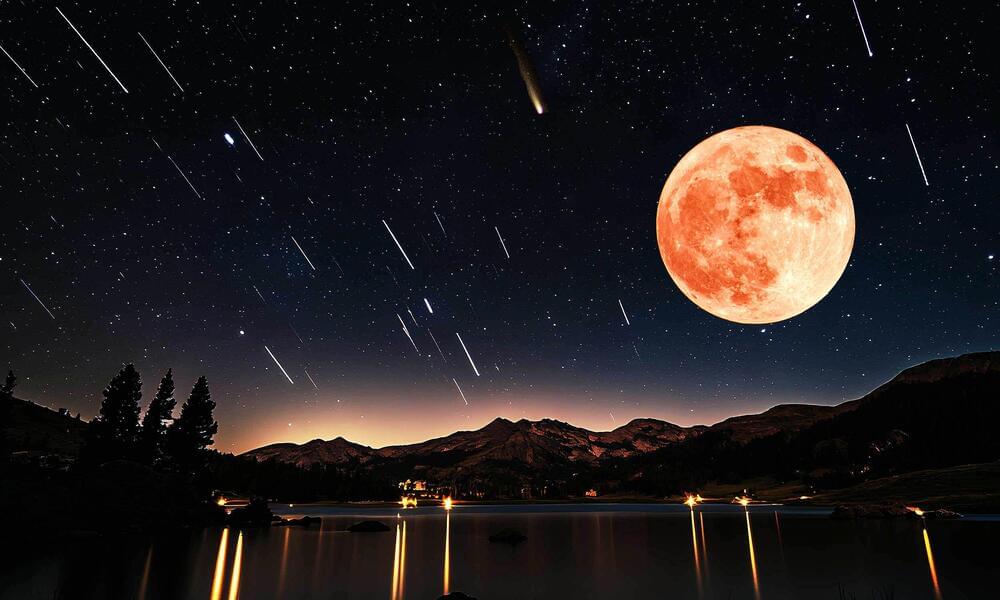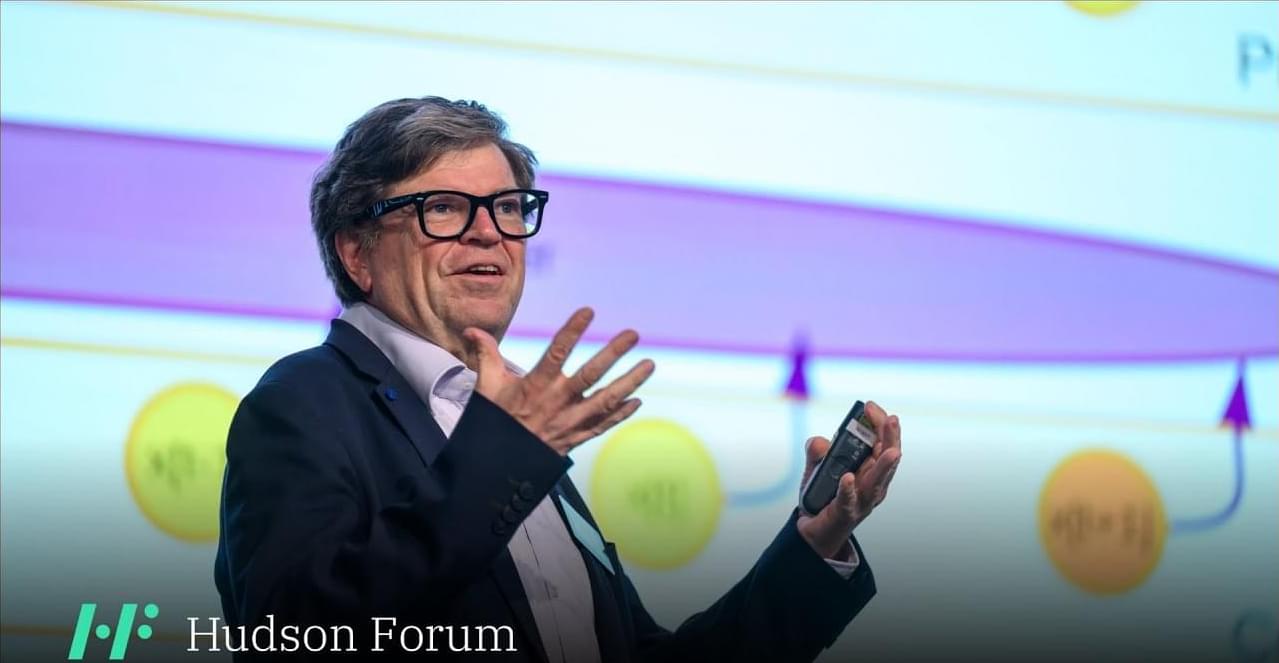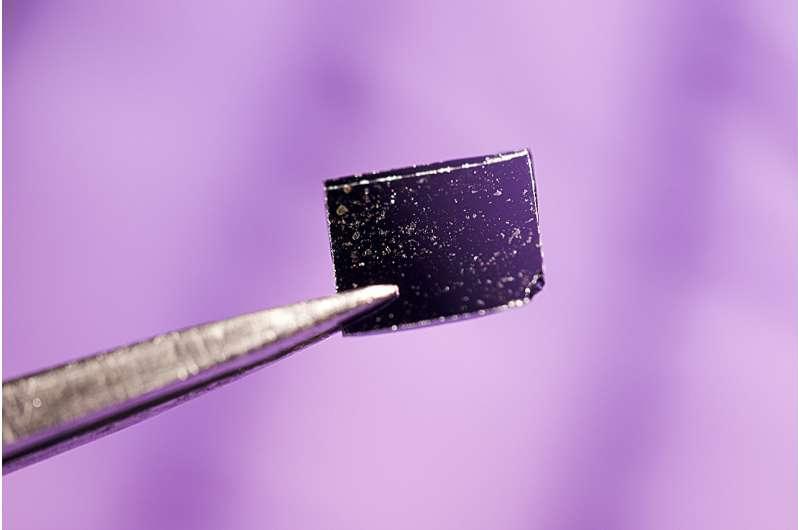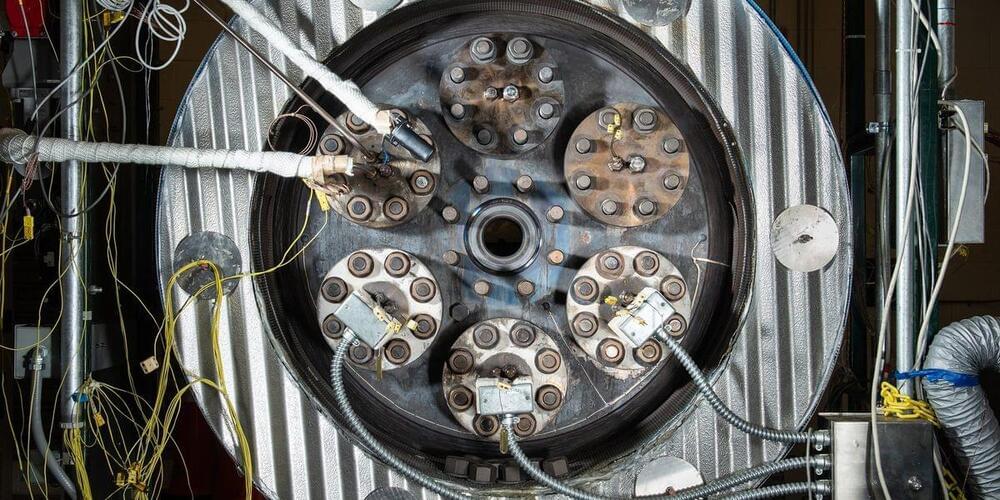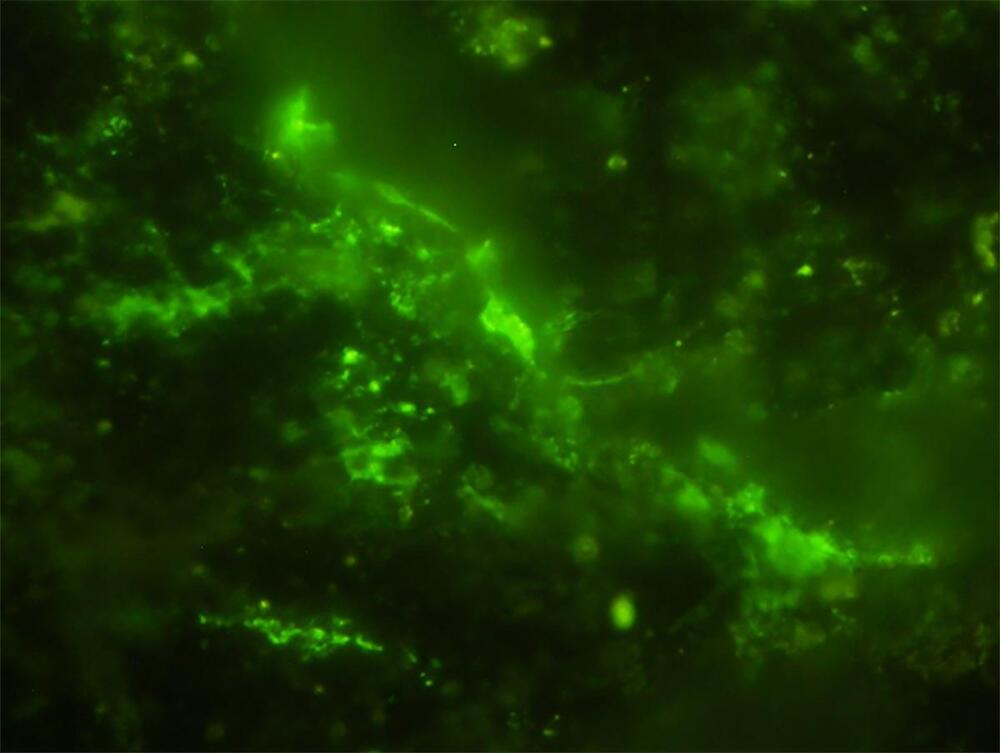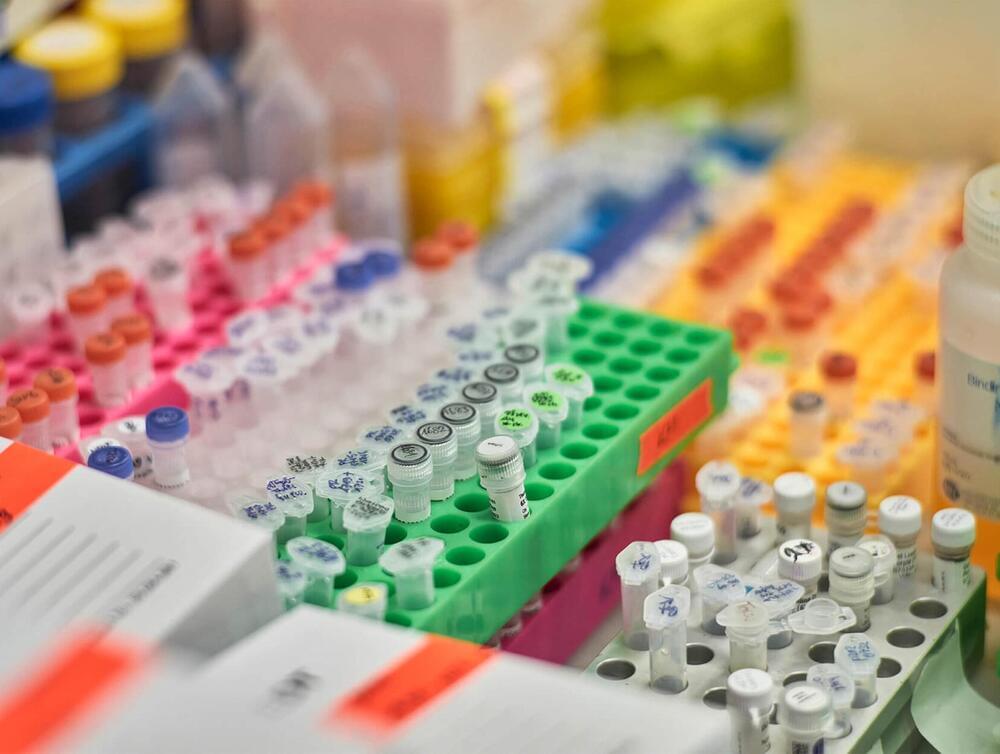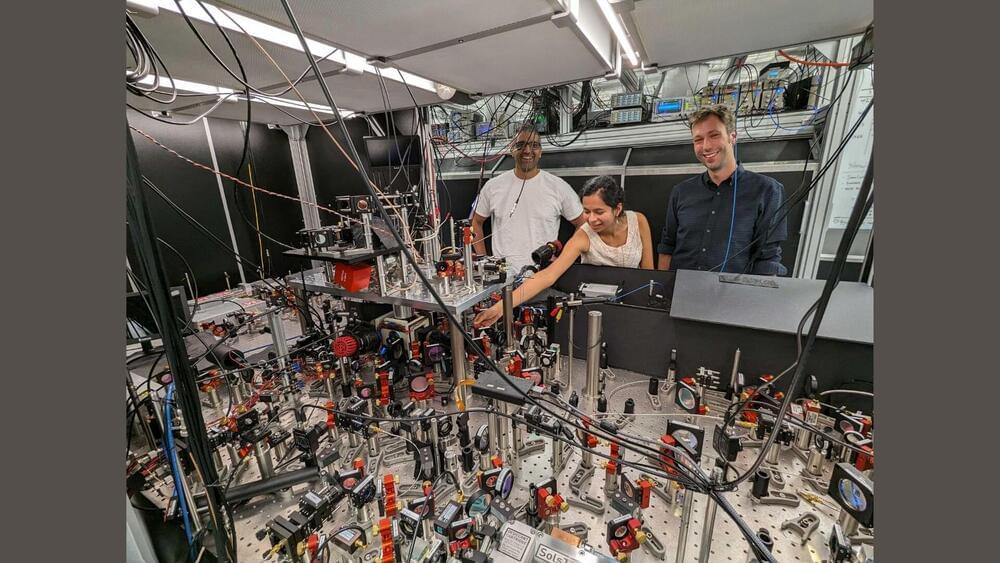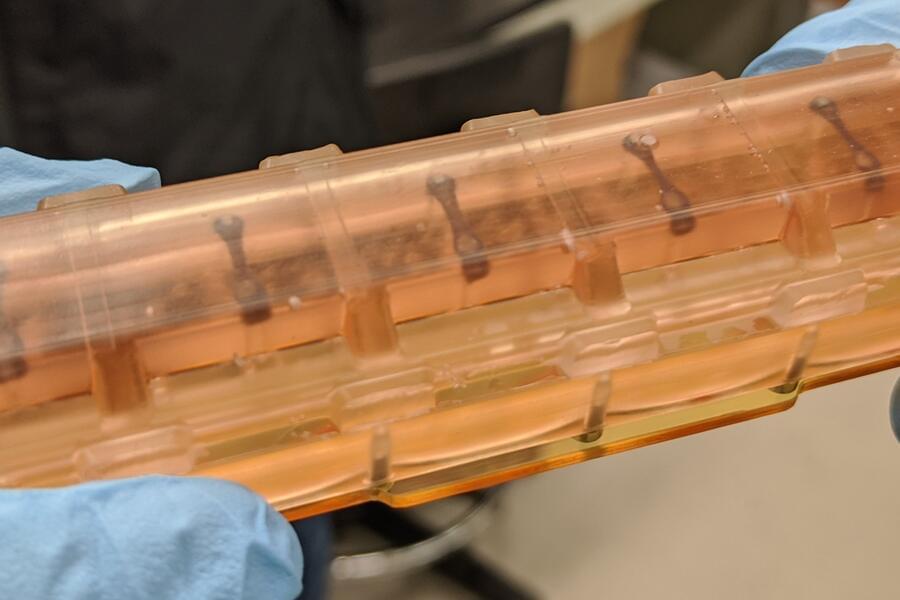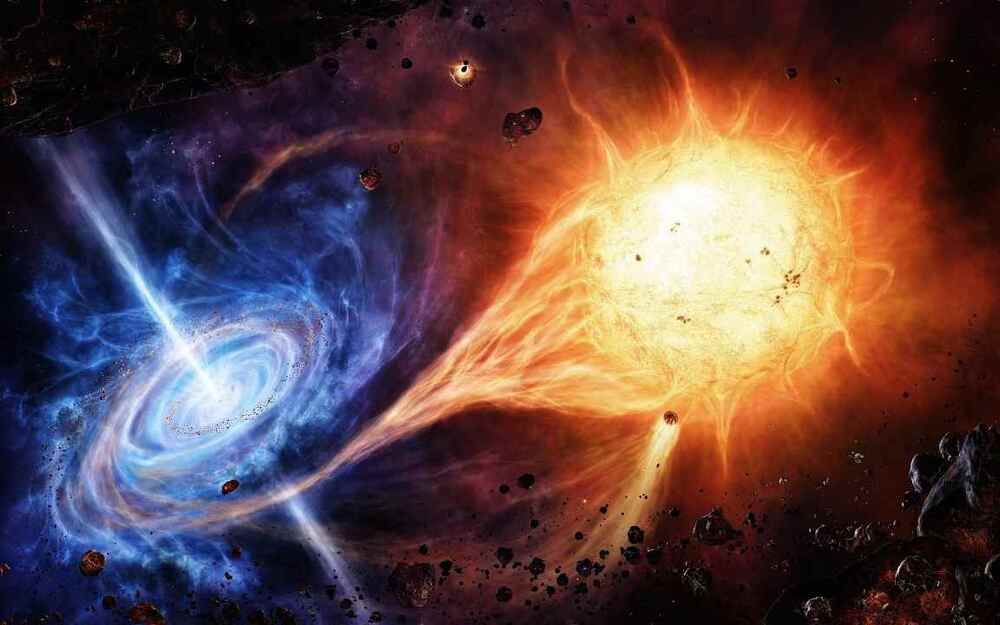Oct 15, 2024
Hunter’s supermoon, a comet, and Orionids meteors are sharing the sky this week
Posted by Genevieve Klien in categories: particle physics, space
This week, the October sky is treating us to a brilliant display that you won’t want to miss — the Hunter’s supermoon, a rare comet, and the Orionids meteor shower.
Comet C/2023 A3 Tsuchinshan-ATLAS is a rare comet making its journey past Earth, offering a unique opportunity to witness its tail of icy particles glistening against the dark canvas of space.
In addition, this week features the biggest supermoon of the year, Hunter’s supermoon, which will illuminate the night with a breathtaking orangish glow.
